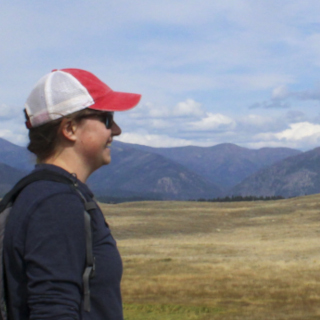Non-Spatial Attributes
Each landscape component (vegetation, land, aquatics, and manmade) must be represented in a separate feature class or coverage in ArcGIS. Attributes for each class are needed. The valid values for the non-spatial attributes for each geographic area are located under the links for each area. These fields must be manually added to the feature classes and must be identical to what is shown. There is no required order within the GIS files.
It is recommended that all these fields be created and edited within ArcMap or Catalog 9.3 or 9.3.1 on feature classes within a file geodatabase. The python scripts are case sensitive, so make sure all field names are upper case. Null cannot be a value in any field. The length of the text fields depend on the descriptors used for the specific geographic area.
Vegetation
The level of vegetation attributes required is dependent on the way that OpenSIMPPLLE uses them in combination with other variables to generate a probability for disturbance processes.
OpenSIMPPLLE can represent a single dominant life form for each plant community or any combination of three life forms: trees, shrubs, and herbaceous. All the species belonging to each life form will have separate pathways in the system. Although pathways are separate, an additional component allows for interaction between the life forms that are present, allowing for the density of one life form to be impacted by the density of others.
There are multiple ways to create files of the existing vegetation attributes and other optional fields for the units in the GIS coverages. The most common has been to use data from a vegetation management record system, satellite imagery, or a combination of the two. OpenSIMPPLLE can represent vegetation as irregular size units derived from vector GIS files or uniform sized units from raster GIS files.
